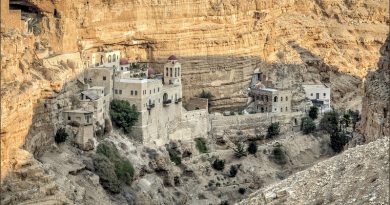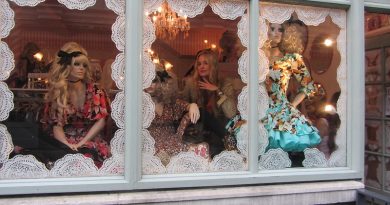The World’s Most Sustainable Buildings
International Renewable Energy Agency Headquarters, Abu Dhabi, UAE
The International Renewable Energy Agency (IRENA) is an intergovernmental organisation mandated to facilitate cooperation, advance knowledge and promote the adoption of renewable energy. Entering into the skyline in 2015, the headquarters truly lead by example!
Among the most futuristic and energy efficient buildings on the planet, the IRENA headquarters has won a number of awards for its innovative design and sustainable technologies. Its external screen maximises light to save on electrical lighting, whilst minimising heat inside by blocking 90+% of solar radiation to save on energy intense air-conditionaing systems. Furthermore, the building’s rooftop is fitted with a photovoltaic solar-panel system to help produce its own electricity!
One Angel Square, Manchester, United Kingdom
One Angel Square is the headquarters of the Co-Operative group, a cooperative of shops and services based on delivering local goods to local communities. The 15 storey buiding employs rainwater and greywater recycling systems, along with low energy lighting and IT setups. While the building does transform solar power to electricity, it is also fitted with a combined heat and power plant built within which uses biodiesel (a combination of plant fats and alcohol) to create the rest of their power requirements while remaining zero-carbon!
In 2012, the world’s leading sustainability assessment method, BREEAM, awarded One Angel Square the highest sustainability score in the world and was rated Outstanding!
Wat Pa Maha Chedi Kaew, Sisaket, Thailand
Wat Pa Maha Chedi Kaew, also known as the Temple of a Million Bottles, is an impressive Buddhist temple constructed with over 1.5 million Heineken and Change beer bottles. Collection of the bottles began in 1984, and it took two years to build the main temple. By 2009, the monks had continued in expanding the site, and some 20 buildings had been similarly constructed! Now that’s what we call recycling!
Khoo Teck Puat Hospital, Yishun Central, Singapore
Aside from its reputation as one of the most expensive places to live in the world, Singapore has become something of a leader in ‘greenovation’ and is a strong advocate of building sustainable infrastructure. Khoo Teck Puat Hospital is a great example of architecture designed to both provide a healing environment for its patients and to minimise its impact on the planet. The Khoo Teck Puat hospital is 27% more energy efficient than a conventional hospital.
The hospital uses a sophisticated photovoltaic solar system to both heat the water and therefore the hospital, and to provide electricity to meet much of its demand.
Taipei Public Library, Beitou Branch, Taiwan
The Taipei Public Library Beitou Branch was the fist ever building in Taiwan to qualify for the highest Diamond Rating under its governments EEWH green-building certification scheme.
Its features are simple but effective; The library uses large windows to maximise natural light exposure and airflow, negating the requirement for as many electrical lights or air conditioning systems. On the roof, the building utilises photovoltaic solar cells for the remainder of its electricity requirements, alongside a rainwater collection system which collects and stores rainwater for use in the library’s toilets.
The Crystal, London, United Kingdom
Built and owned by Siemens and operating as an unique events venue, The Crystal has become something of a sustainability landmark in the nation’s capital. Due to its visually striking glass landscape construction, the Crystal makes use of natural light during the day. The building also has photovoltaic solar panels to power its smart lighting system for when the natural light is not quite enough, using a combination of low-power LED and Fluorescent light bulbs.
Another interesting feature of The Crystal is the Rainwater Harvesting and Black Water Recycling systems it employs. The roof is designed to collect rainwater, the sewage is treated and then the recycled water is purified to become drinking water!




